Cases
This is the place where you can find cases studies based on real examples I have researched. If you have cases you want me to investigate let me know. Otherwise happy reading and in case you find inconsistencies or information is missing, you know where to find me.
If you like what you read, consider supporting me with a onetime or monthly donation via
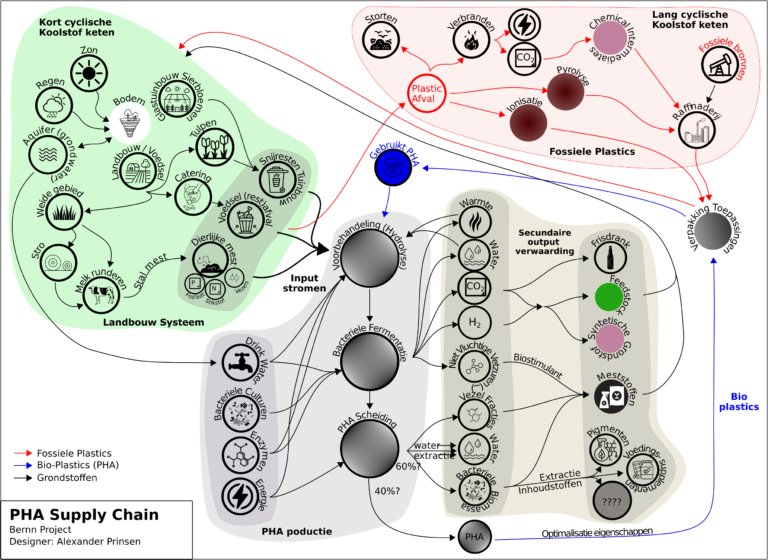
Systemic Design PHA Value Chain
Together with RijksUniversiteit Groningen and the stakeholders our students were tasks to create a circular value chain for PHA. It turned out we were able to identify various new valorisation opportunities within the PHA production, with the potential to bring down the cost of PHA with minimal 50%. If this would be correct, PHA will already be able to compete with existing fossil polymers (plastics).
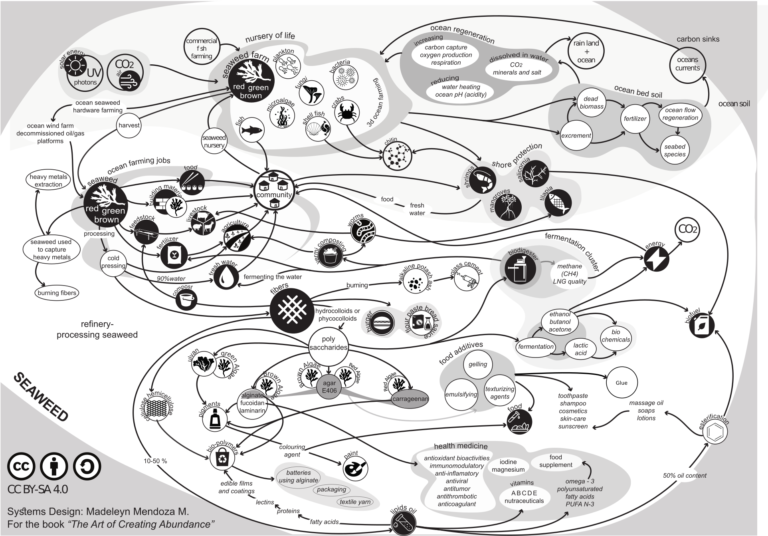
#5 – Ocean and Coastal (re)forestation and more
This case will help better to understand the impact of the lesser known 3rd soil, Water (after the Air and the Land), inside our spaceship Earth. This 3rd soil includes all water bodies including our oceans, rivers, and lakes. And it turns out water bodies have the capacity, with the right biodiversity, to reverse ocean acidification, to better protect coastal zones and to clean water of among others micro-plastics and containment’s. Along the way it is also able to produce large volumes of biomass for the supply of food, bio-chemicals, fertilizer and energy.
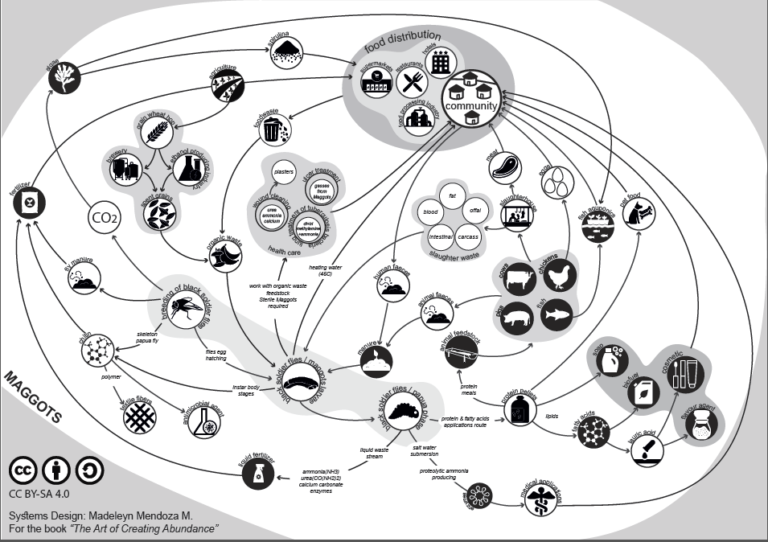
#4 Flies, Biomass Waste to Protein+ transformers of the future
In this case flies (and more specific Black Solder Flies) are the main actors. I will use the black solder fly to explain why insets are the nature’s most effective and efficient composting transformers. And it will become evident how changing the existing (animal) protein intake will mitigate all the negative impacts associated with the animal protein rush (more about this later) into positive ones.
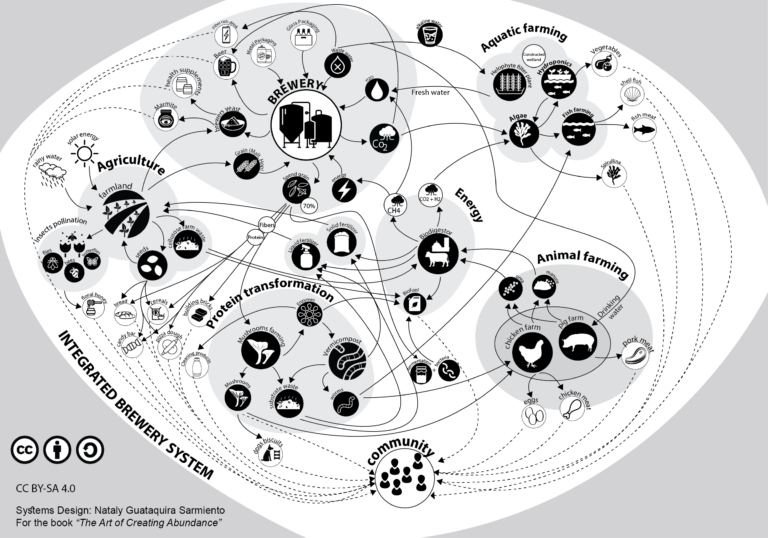
#3 Brewery – The multiplier protein factory
Each brewery must be seen as a part of a larger value chain in which all nutrients are cascaded. It is only then when it becomes evident the brewery has a much larger responsibility in how it produces and transforms its nutrients. The brewery shares its responsibilities with its farmers in how they produce the barley and hop. The brewery has responsibility how it extracts, uses and restores fresh water supplies. And finally the brewery is responsible in how it takes care of the precious content of the leftover seeds (spent grains). Only through a systemic approach it is possible to cascade and valorise all remaining 70% secondary product flow (water and spent grains) into high value added products. On average it is estimated these types of breweries can produce seven times more food, fuel, and fertilizer than a conventional operation and four times as many jobs.
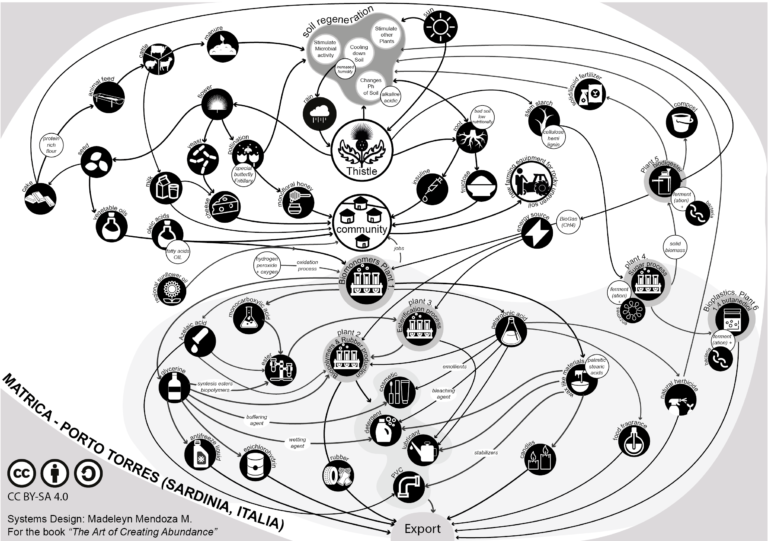
#2 The Regenerative Biorefinery
This case explores how a new fossil fuel industrial system is able to produce environmental better forms of plastics and additives using living biomass resources. It offers a transition path for fossil fuel based industry and rise as a new phoenix from its ashes. In this case it shows who the Italian industrial giants are waking up to the new reality and taking action under the visionary leadership of a biochemical scientist. And it shows how this new industrial system can at the same time offer an alternative solution how to solve global soil degradation. It will help understanding how to systematically connect agriculture, refineries and soils in creating profitable business models.
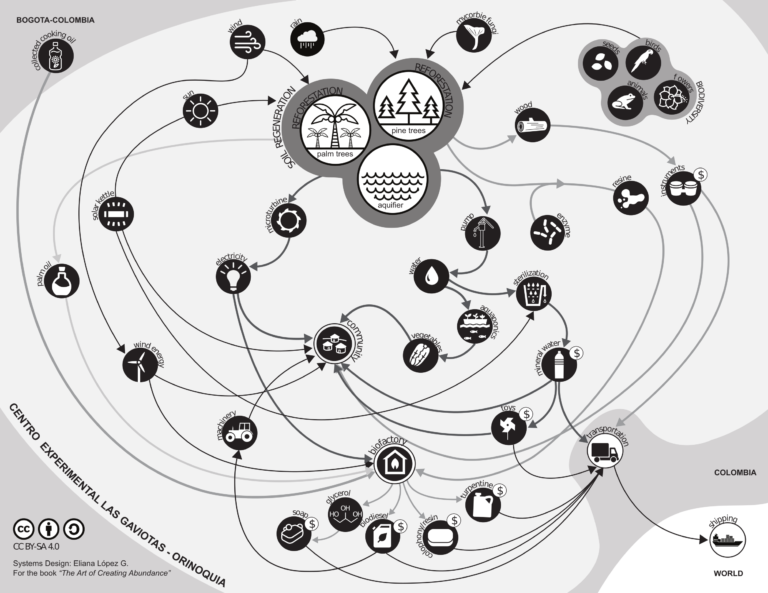
#1 Las Gaviotas, The Reforestation Miracle
Las Gaviotas is a leading example how to reverse climate change within a 10 year timeframe through an extensive and large scale reforestation effort based on agroforestry principles. Their approach has challenged the scientific community in and outside Colombia as most of their achievements was thought impossible. This community has been able to restore biodiversity in an inhospitable and horrendous place and turning the land into a restorative business model. Their business model shows the way forward to start implementing business models, which supports local communities (education, skills and jobs), supports the biobased economy and supports nature in its driver for growth of biodiversity.
The Coffee value chain has 500% more stories to tell
Currently Under Review
Carbon CO2 emissions recycling, the Bacteria come to our rescue
Currently Under Review
Micro Algae, our planetary Carbon recycling factories
Currently Under Review
Minerals the new Cellulose – Endless Paper recycling
Currently Under Review
El Hierro Island, the Perpetual Energy miracle
Under Review
The Architecture of Integrated Systems (Urban Planning & Industry)
currently under review
Energy, the endless possibilities of regeneration
Under Review

